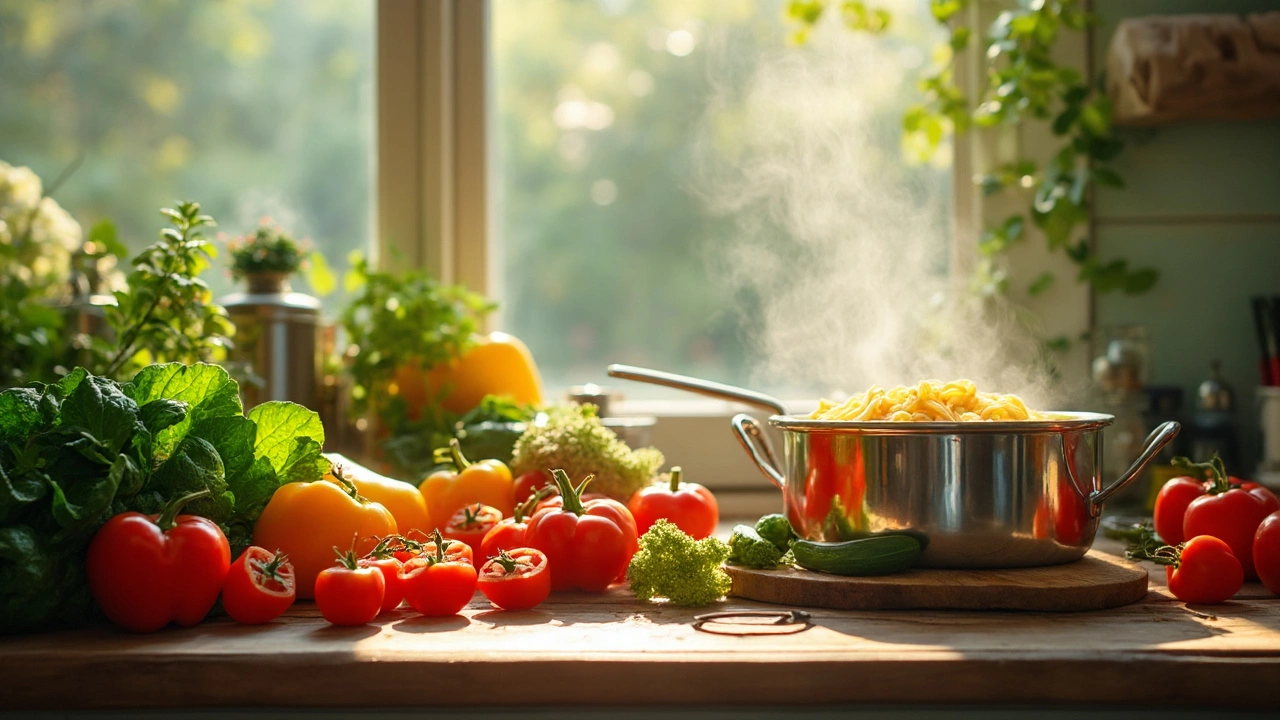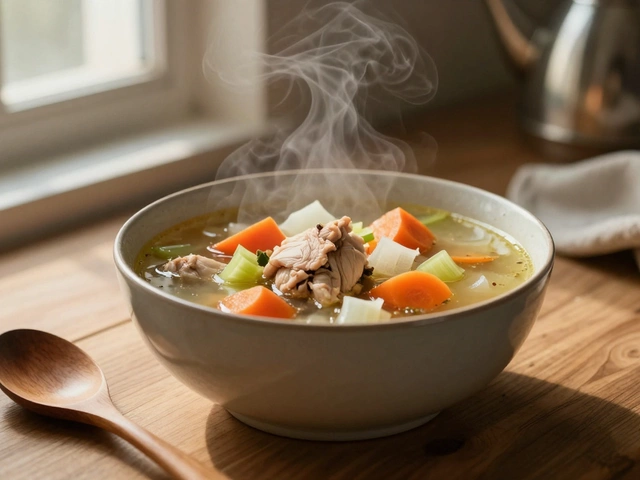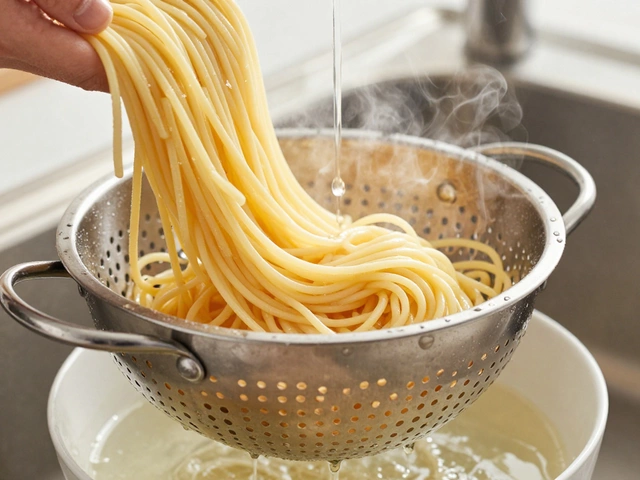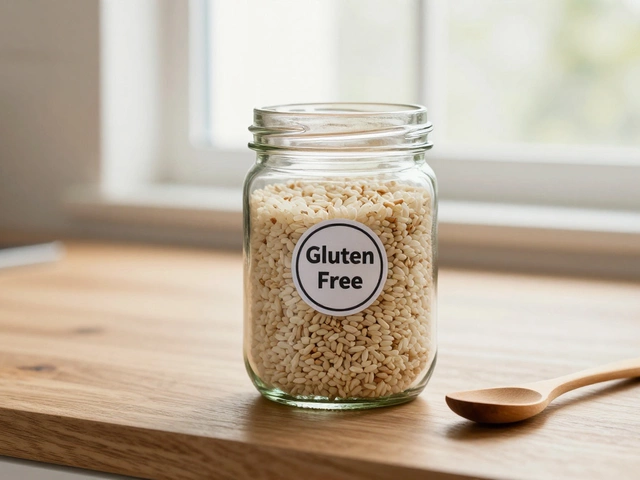Veggie Pasta: Simple, Fast, and Full of Flavor
If you love pasta but want more veggies on your plate, you’ve landed in the right spot. Veggie pasta is a win‑win: you get the comfort of noodles and the nutrition of fresh vegetables. The best part? You don’t need a fancy kitchen or exotic ingredients. A couple of pantry staples and everyday veggies are enough to create a meal that satisfies everyone.
Start with the basics: choose a pasta shape that holds sauce well. Penne, fusilli, or farfalle work great because their ridges trap bits of tomato and veggies. Cook the pasta according to the package, but pull it a minute early so it stays firm when you mix it with the sauce.
Step‑by‑Step Veggie Pasta Basics
1. Prep your vegetables. Chop onions, garlic, bell peppers, carrots, and any green you like—spinach, broccoli, or peas. Keep the pieces bite‑size so they cook quickly and blend with the pasta.
2. Sauté for flavor. Heat olive oil in a large pan, add onions and garlic, and cook until they soften. This builds a tasty base without needing extra sauces.
3. Add the veggies. Toss in the harder veggies first—carrots, bell peppers, broccoli. Stir for a few minutes, then add softer greens like spinach at the end so they wilt but don’t turn mushy.
4. Season smart. Salt, pepper, dried oregano, and a pinch of red‑pepper flakes give the dish an Indian‑inspired kick that matches the Delhi Spice vibe. If you like a bit of heat, add fresh chilies.
5. Combine pasta and sauce. Drain the pasta, leaving a splash of cooking water. Mix it into the pan, letting the sauce coat every noodle. Add a little water if it looks dry; the starch helps bind everything together.
6. Finish with flair. Stir in grated cheese, a drizzle of lemon juice, or a handful of fresh herbs like cilantro. This adds brightness and makes the dish feel special.
Quick Variations to Keep It Fresh
Once you’ve mastered the core method, swap ingredients to match your mood. A tomato‑based sauce works well with roasted cauliflower, while a creamy garlic sauce pairs nicely with mushrooms and peas. For a protein boost, toss in canned chickpeas or a handful of paneer cubes. All of these changes keep the meal interesting without extra hassle.
Want a one‑pot version? Start by sautéing the veggies, then add uncooked pasta, canned diced tomatoes, and enough water to cover. Bring to a boil, lower the heat, and let it simmer until the pasta is done. The pasta absorbs the sauce, giving you a richer flavor and fewer dishes to wash.
Remember, the key to great veggie pasta is freshness and balance. Use seasonal vegetables for the best taste, and don’t overload the pan—overcrowding makes veggies steam instead of brown. A quick stir‑fry ensures you get that slight caramelized edge that adds depth.
Serve your veggie pasta with a simple side salad or a slice of crusty bread, and you’ve got a complete meal that feels both comforting and nutritious. It’s perfect for busy weeknights, family dinners, or when you just want a tasty plate without the fuss.
Give these recipes a try tonight. You’ll see how easy it is to turn ordinary pasta into a veggie‑packed delight that even the picky eaters will love.

Best Veggies for Pasta: Top Picks and Simple Tips
by Landon Weathers / 30 May 2025Wondering which veggies go best in pasta dishes? Here's a hands-on guide that breaks down the top choices, why they work, and how to use them. You'll get the inside scoop on flavor combos, the best ways to cook your veggies, and practical tips to upgrade any pasta meal. Perfect for weeknight dinners or when you want to sneak more greens into your bowl. No guesswork—just straight-up advice that actually makes pasta taste better.




